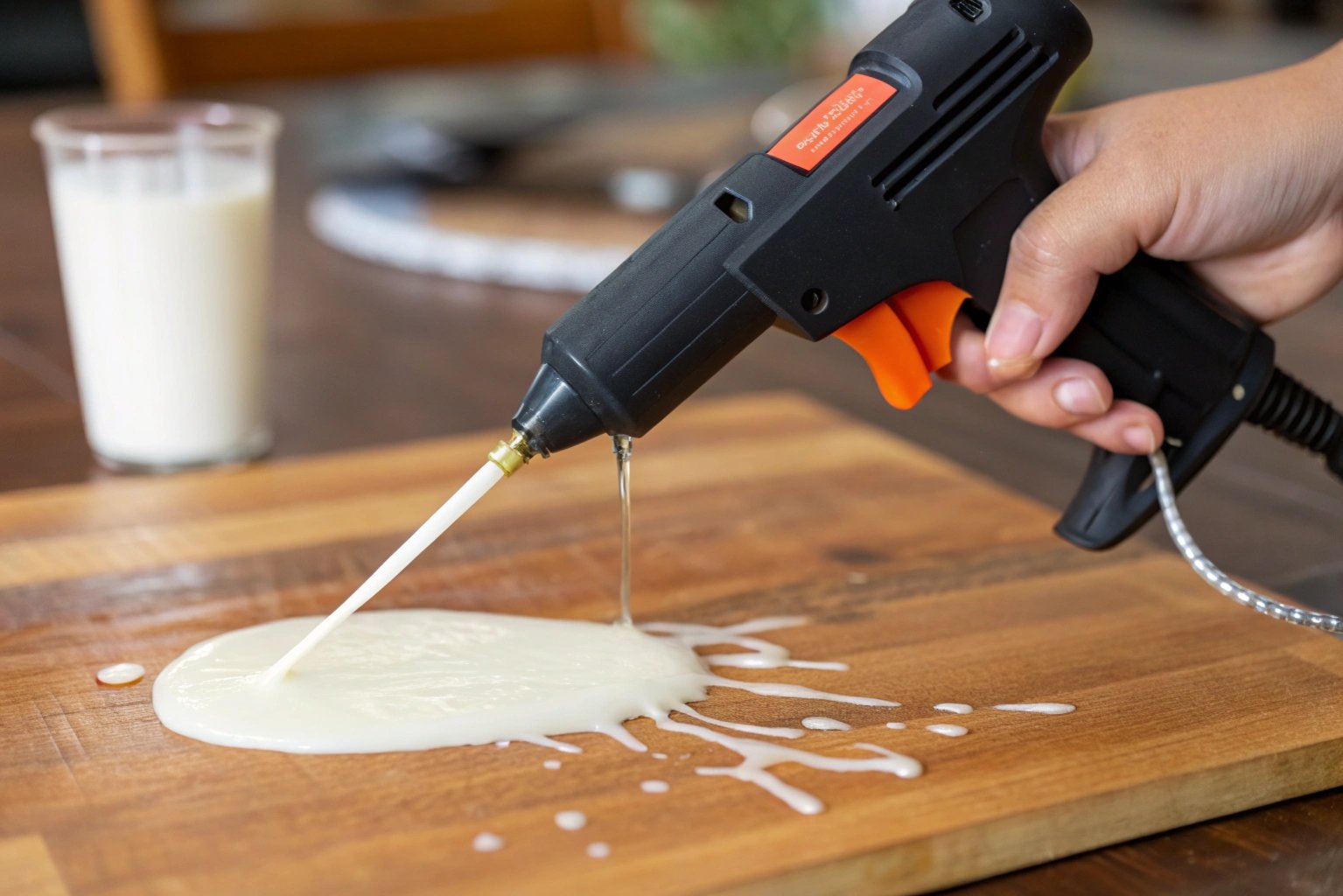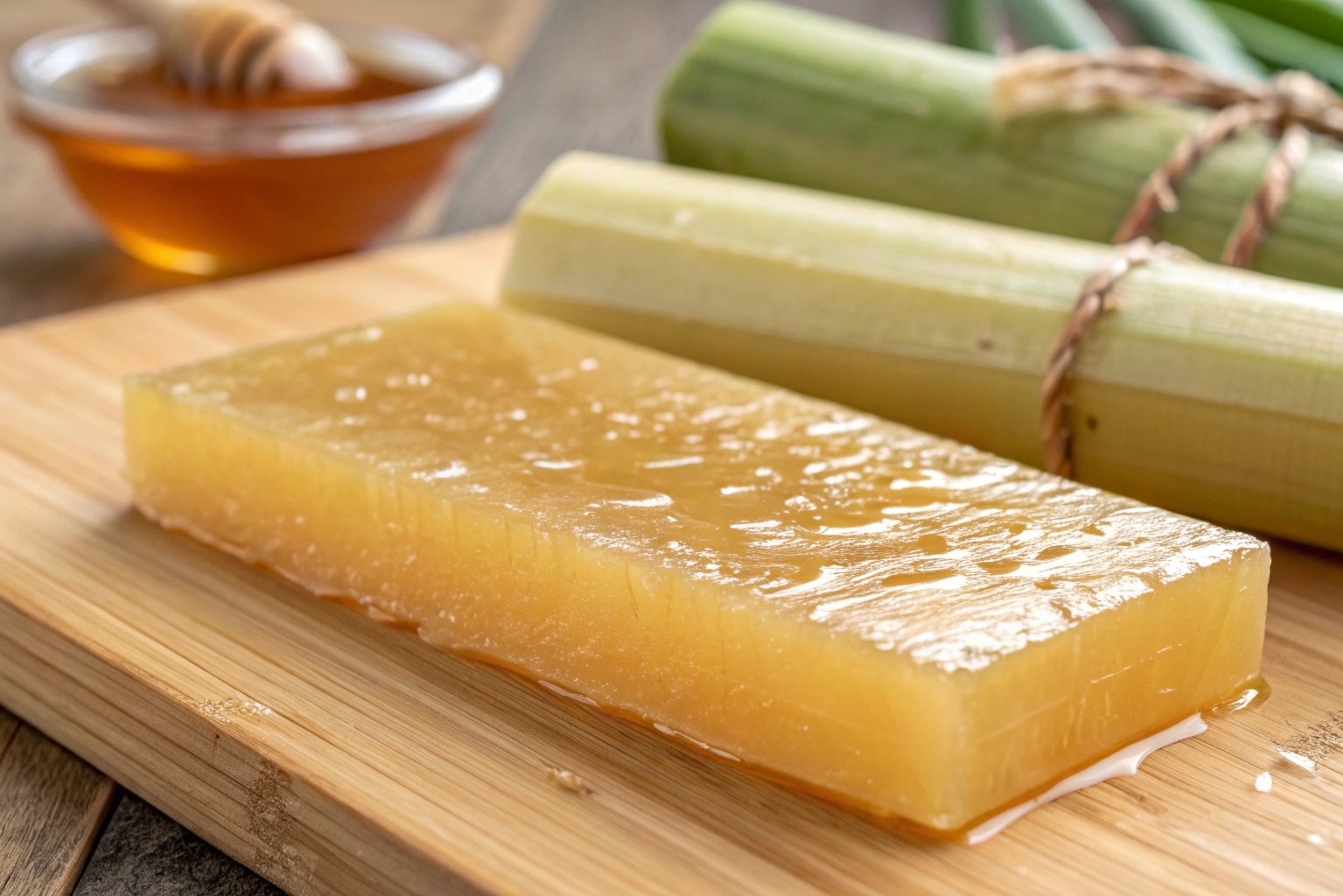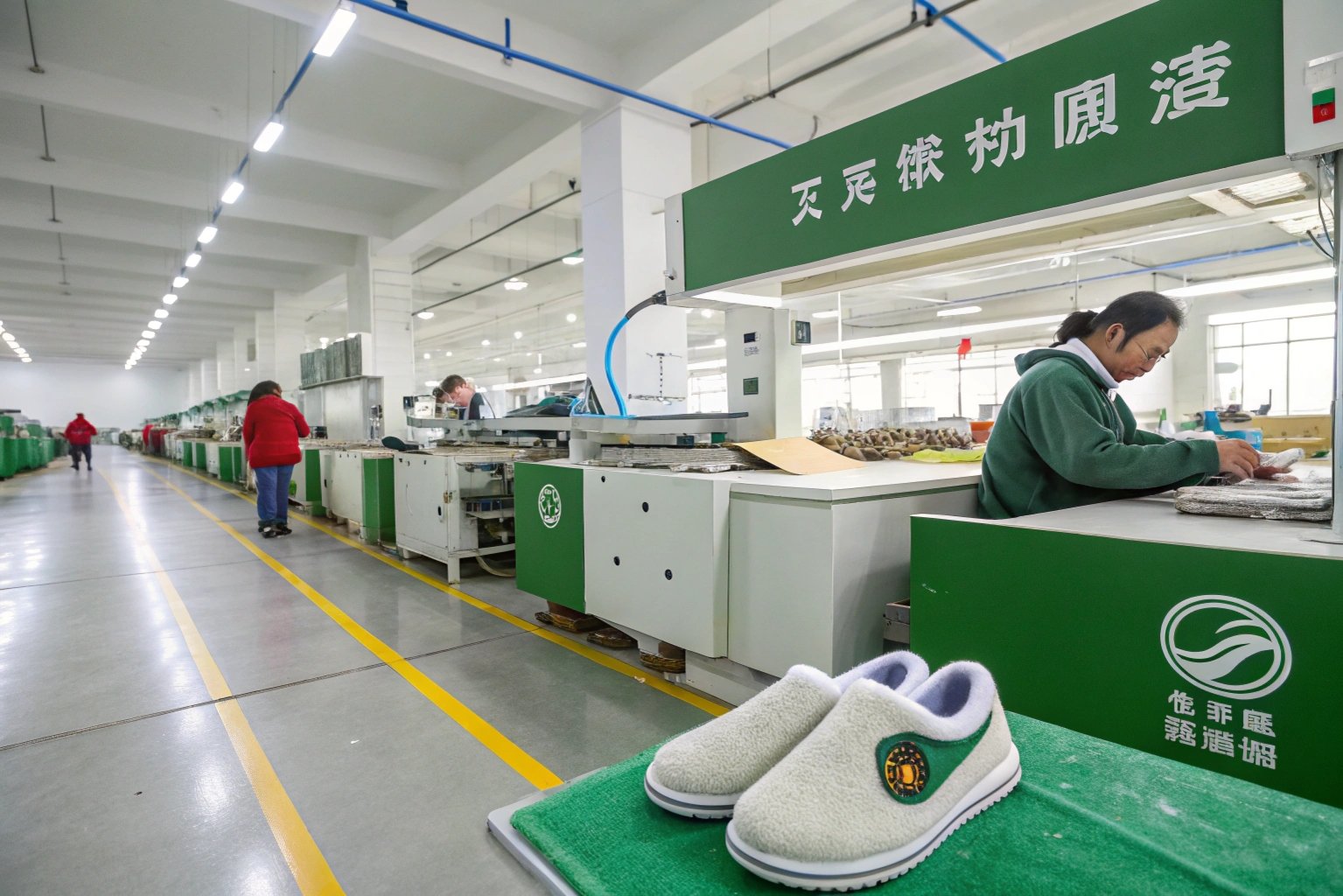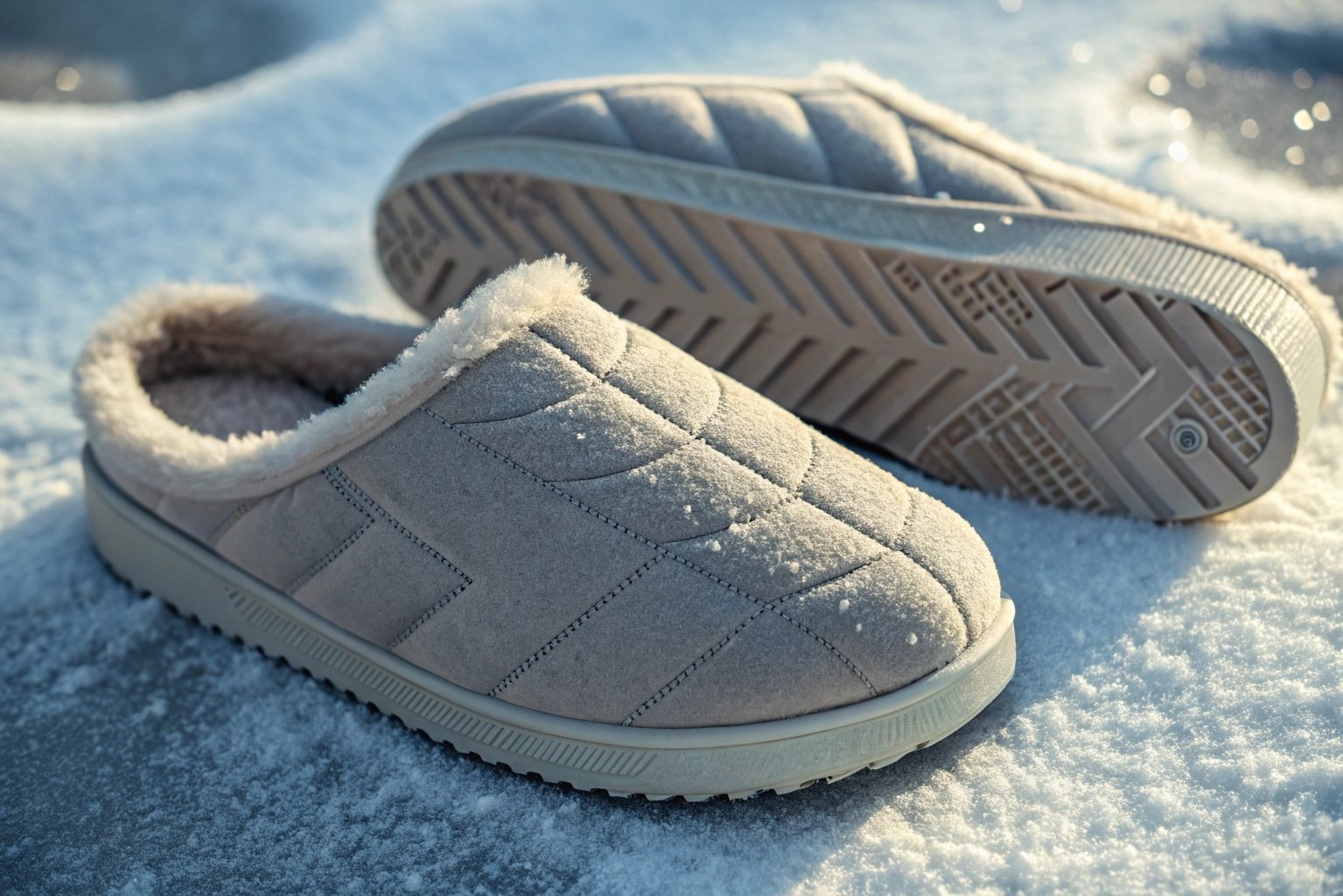Are you worried about the environmental impact of your cozy winter slippers? The glue used to hold them together might be a bigger problem than you think.
Hot melt glue can be environmentally friendly if the correct type is used, especially those made from bio-based or natural materials. However, traditional petroleum-based hot melt glues have environmental concerns due to their production and disposal.

Choosing eco-friendly slippers is important, but how do you know what to look for? Let’s explore the truth about hot melt glue and its impact.
Are all hot melt glues bad for the environment?
Worried about the eco-friendliness of your slippers? All glues aren’t created equal, and that matters.
No, not all hot melt glues are bad for the environment. There are eco-friendly options. These are made from renewable resources and are biodegradable.

As a slipper manufacturer, I’ve learned that the type of hot melt glue we use dramatically affects our environmental footprint. Traditional hot melt glues are derived from petroleum, a non-renewable resource. Their production contributes to carbon emissions, and their disposal can lead to landfill waste. However, the industry is evolving. Now, many manufacturers, like us, are exploring bio-based hot melt adhesives. These are made from renewable resources, such as starch, sugar cane, or vegetable oils. Here’s how we evaluate and select better options:
| Factor | Traditional Hot Melt Glue | Bio-Based Hot Melt Glue |
|---|---|---|
| Raw Materials | Petroleum | Renewable Resources |
| Biodegradability | No | Often Yes |
| Carbon Footprint | Higher | Lower |
| Performance | Well-established | Improving |
We consider factors like biodegradability, carbon footprint, and the renewability of the raw materials. Performance is also vital. We conduct rigorous testing to ensure that eco-friendly glues meet our standards for adhesion and durability.
What makes slipper production sustainable?
Do you want to buy slippers without hurting the planet? It’s possible with the right focus on sustainable production.
Sustainable slipper production involves using eco-friendly materials like recycled fabrics and natural rubber, minimizing waste through efficient design and manufacturing processes, and ensuring ethical labor practices.

At Ningbo Cotton Slipper Co., Ltd., sustainability is a key part of our business. It is not just about using eco-friendly hot melt glue; it is about the entire production process. From the raw materials we source to the way we manage our waste, every step is carefully considered. For instance, we use recycled materials in our slipper uppers and linings whenever possible. We also work with suppliers who share our commitment to ethical labor practices and environmental stewardship. Here’s how we are achieving sustainability:
- Material Selection: We prioritize renewable and recycled materials.
- Waste Reduction: We optimize our cutting patterns to minimize fabric waste.
- Energy Efficiency: We invested in energy-efficient machinery to reduce our carbon footprint.
- Ethical Labor: We ensure fair wages and safe working conditions for our employees.
- Certifications: We maintain ISO 9001-2015 certification.
We believe that sustainability is not just a trend but a necessity. We are constantly seeking new ways to reduce our environmental impact and improve our social responsibility.
How can you choose environmentally friendly slippers?
Do you want to make a difference with your next slipper purchase? It is easier than you think to choose the right ones.
Look for slippers made from recycled materials, natural fibers, or sustainable sources. Check for certifications like GOTS or Oeko-Tex, which indicate eco-friendly production. Also, consider the brand’s commitment to ethical and environmental practices.

As a consumer, you hold the power to drive change by making informed choices. When shopping for slippers, consider the materials they are made from. Look for options made from recycled PET, organic cotton, bamboo, or natural rubber. Check for certifications that verify the product’s environmental and social credentials. For example, the Global Organic Textile Standard (GOTS) ensures that textiles are made with organic fibers and meet strict environmental and social criteria. Oeko-Tex certification indicates that the product has been tested for harmful substances. Here is a checklist to help you choose eco-friendly slippers:
- Material Composition: Check if slippers are made from recycled or sustainable materials.
- Certifications: Look for certifications like GOTS, Oeko-Tex, or Fair Trade.
- Brand Transparency: Choose brands that openly share their sustainability practices.
- Durability: Opt for well-made slippers that will last longer, reducing the need for frequent replacements.
- Packaging: Consider products with minimal and eco-friendly packaging.
By making informed choices, you can support companies that prioritize sustainability and contribute to a more environmentally friendly future.
Conclusion
Choosing slippers with eco-friendly hot melt glue and sustainable materials is good for the planet. Make informed choices for a greener future!

